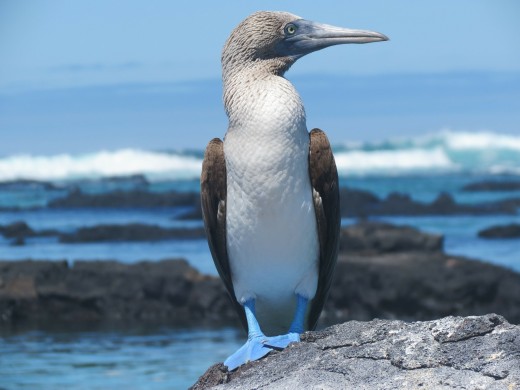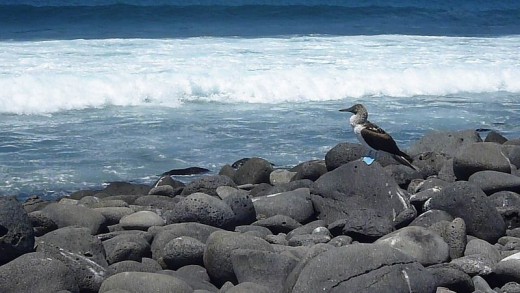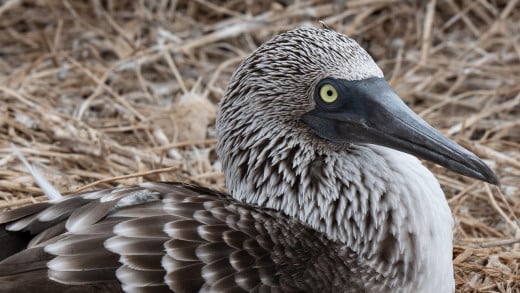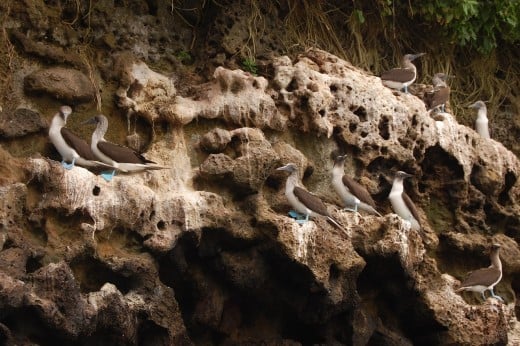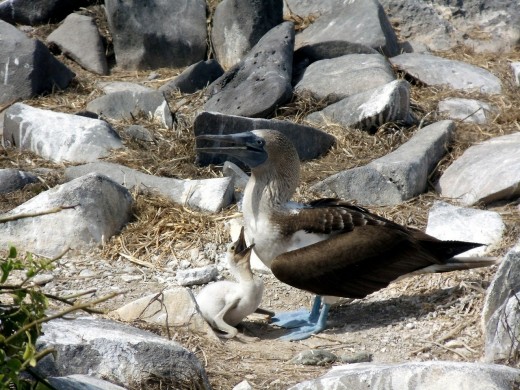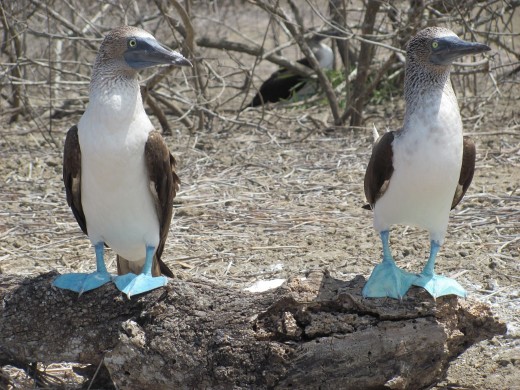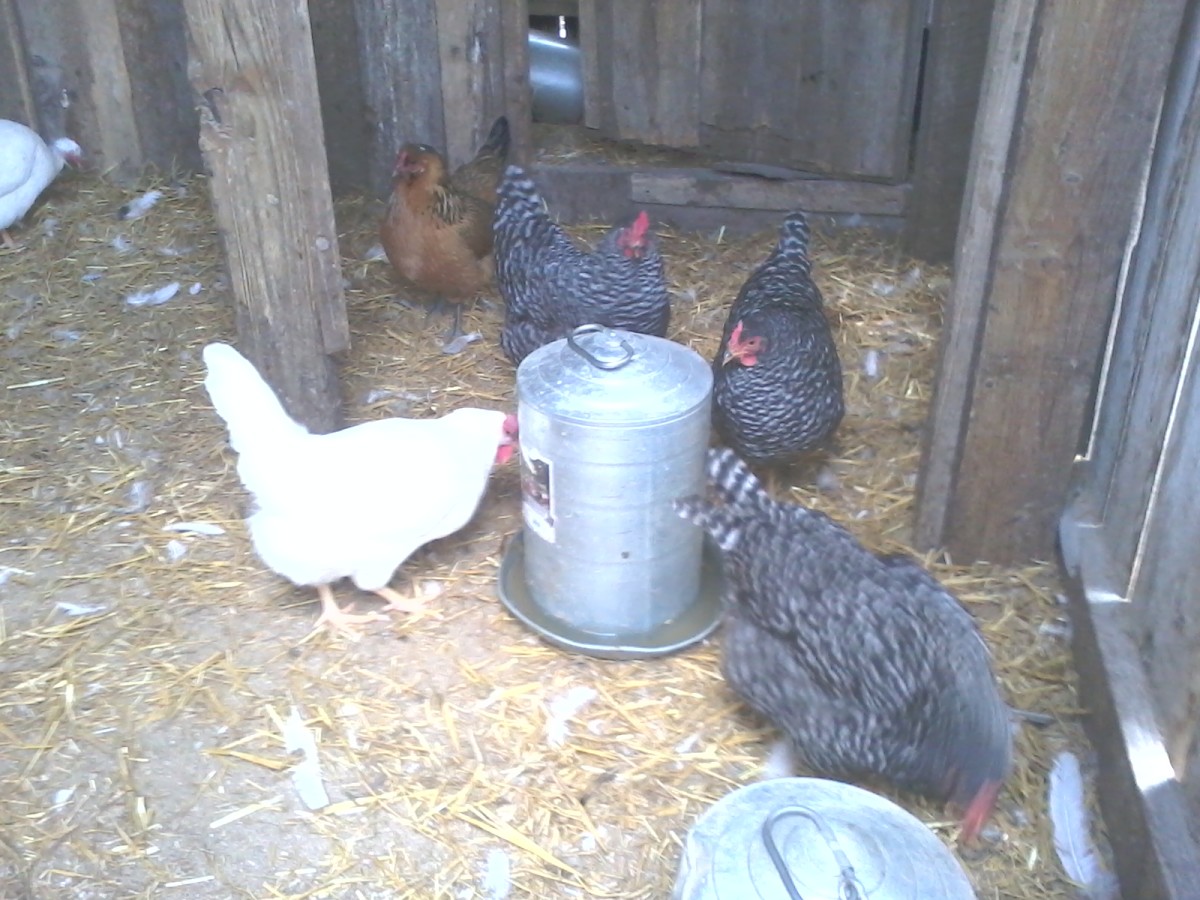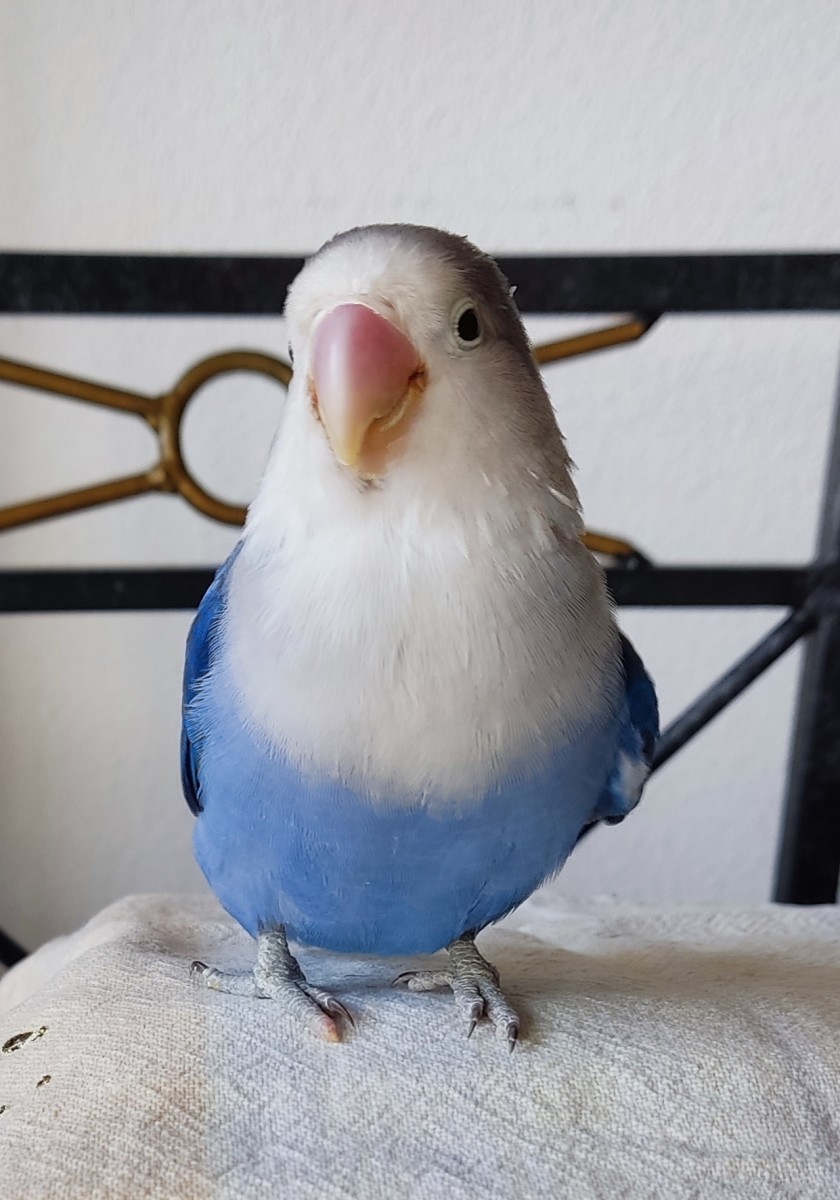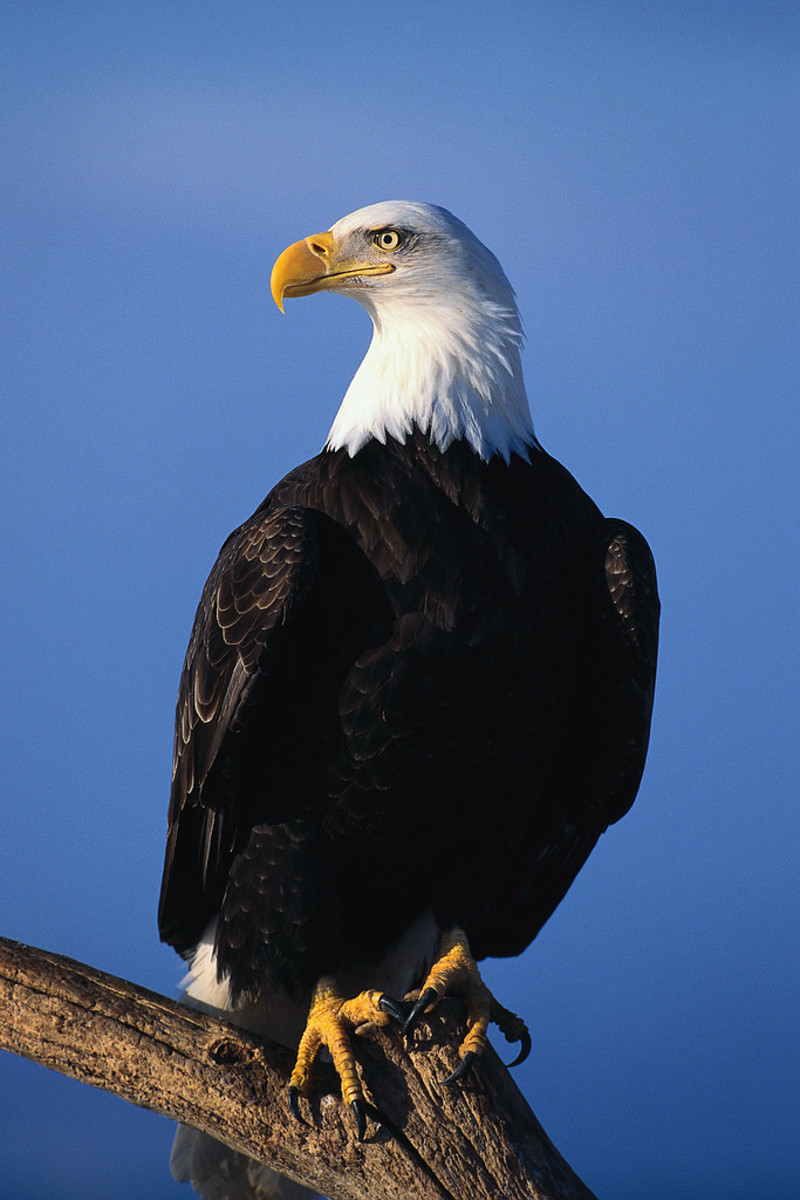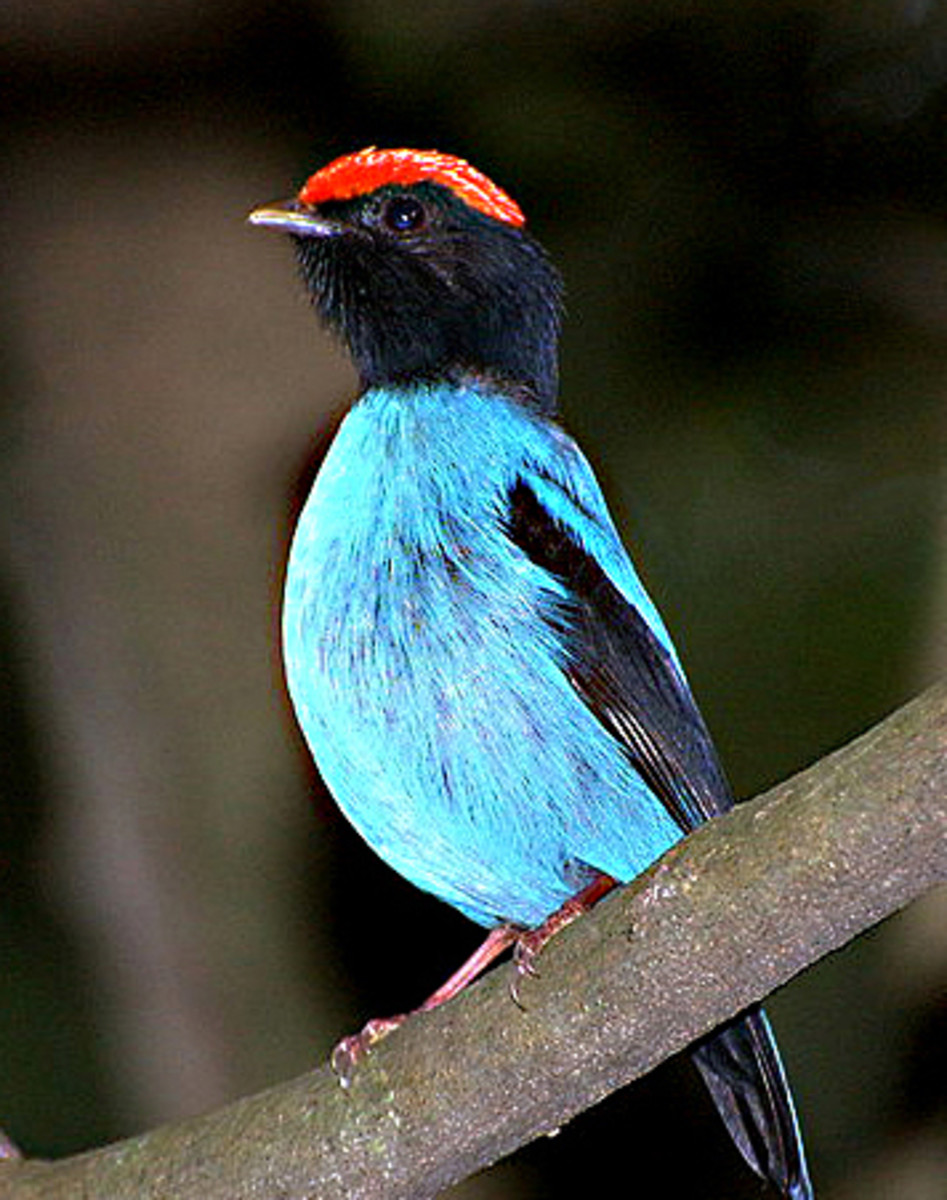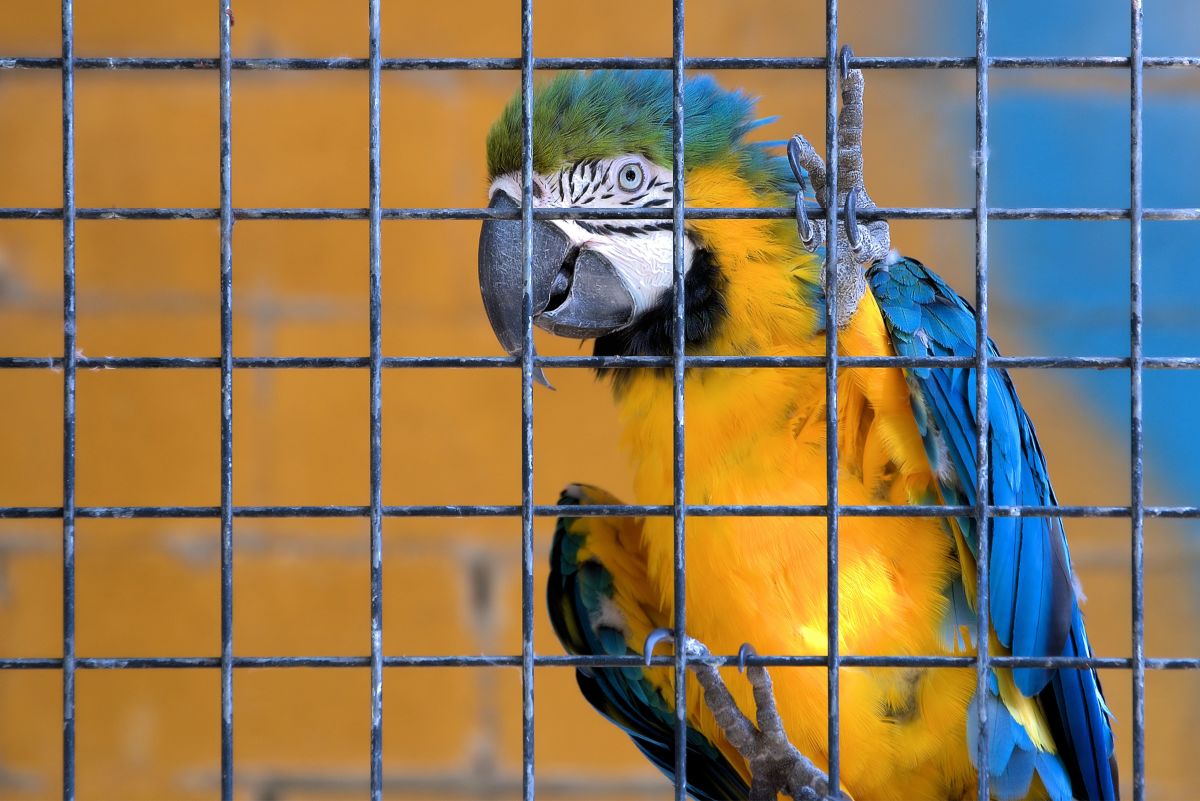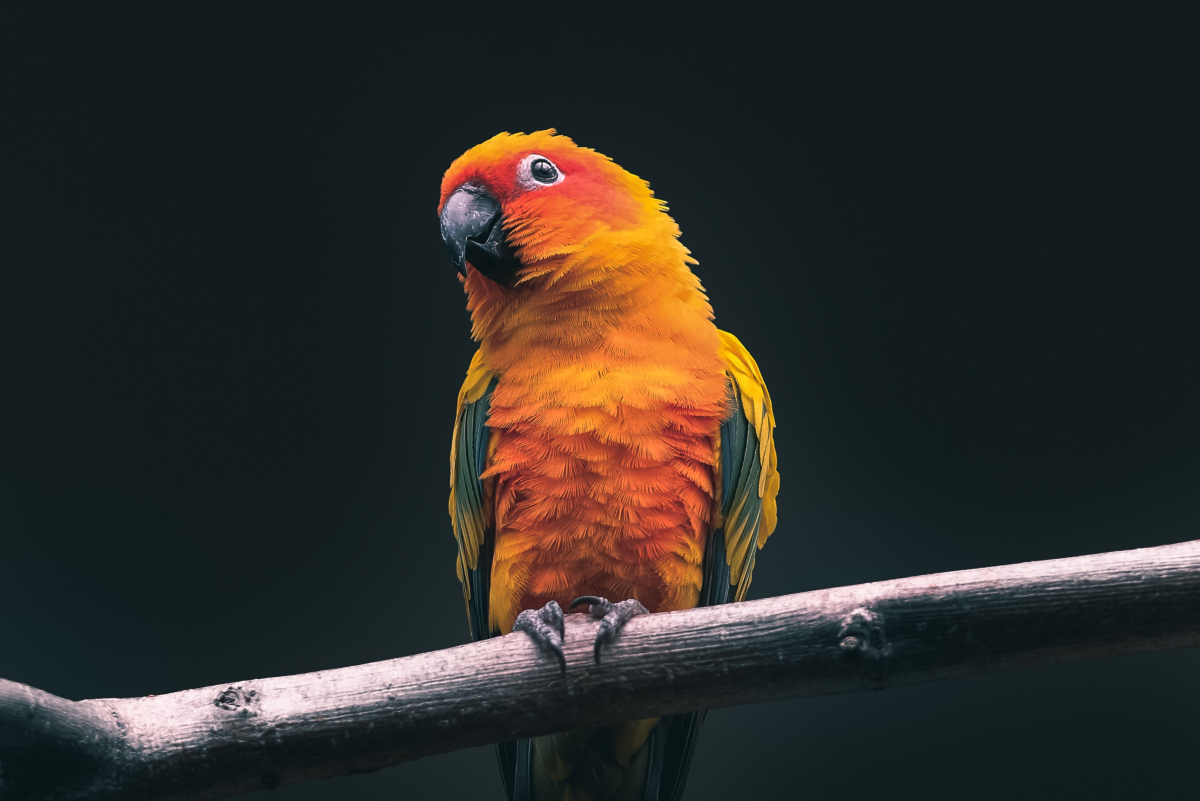Blue-Footed Boobies Facts
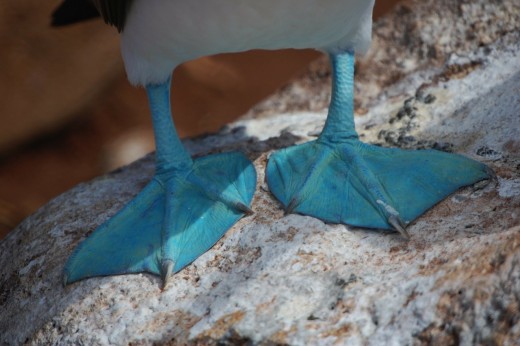
Foot Fetish for Females of Blue-Footed Boobies
Do looks count? You can bet it does when it comes to the seabirds known as blue-footed boobies! The color of their feet helps determine which male will be preferred over another when it comes to mating with a female. The female will always pick a male with the most colorful feet. Scientists have studied this and have determined this to be factual.
The more vivid colors in these webbed feet are a good indicator of the overall health of the birds. Just as humans often start losing pigment in their hair as they age, with it turning to grey or white, the blue-footed boobies gradually start losing coloration in their feet.
When female birds choose mates with the most brightly colored feet, the result is that the younger and healthier genetics pass on to the next generation.
Unlike humans who sometimes mask their actual hair color, sadly for these birds, there are no salons in the wild that can artificially tint a male blue-footed booby's feet back to its more saturated coloration. Do male blue-footed bobbies flaunt this fact? Yes indeed!
They are fascinating birds. Many are in the Galapagos Islands. They also range from the Gulf of California to Peru.
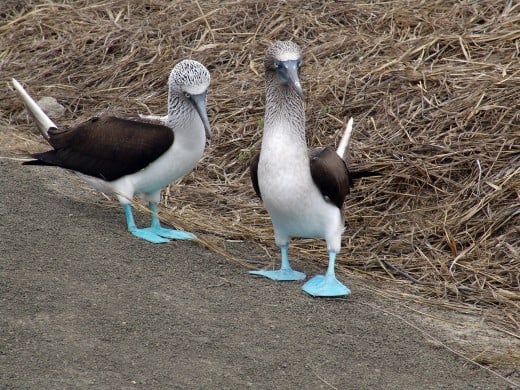
Courtship of These Birds
They flip their feet up and down and dance in front of females to display their pretty feet while in a courting mode. If they were human, blue-footed boobies would be like the famed dancer Fred Astaire all decked out wearing blue-colored shoes!
Favorite Fish: The Sardine
These seabirds can dive from great heights. They seek out schools of fish where they consume them while still underwater. Their favorite fish to dine upon is sardine. I don't blame them! Sardines can be tasty food.
If you have only ever eaten sardines in those little tinned cans, do yourself a favor and try to find some fresh ones to eat. My hubby and I got to eat sardines in Spain and remember it with gustatory pleasure. The ones we tasted were lightly cooked and dressed with a light lemony vinaigrette and fresh herbs. They were delicious! I am sure that many different cooking methods would be equally tasty. Lightly grilling fresh sardines would be fantastic.
Our friendly birds need no unique cooking methods to make them happy. Just scooping sardines up fresh right out of the ocean is all they require. Sardines are often known to swim in schools, so when locating them, our colorfully footed birds are no doubt sated in a short amount of time.
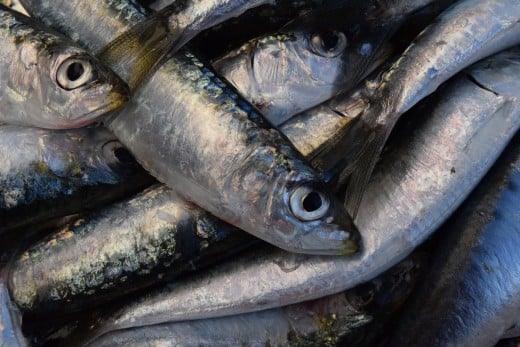
Egg Laying Habits
One interesting thing about how these birds produce offspring is their laying of eggs. A span of about five days can be the interval between egg-laying for Blue-footed boobies.
The average number of eggs laid by blue-footed boobies is two. The oldest egg hatches first in this type of scenario, and it is the largest and strongest chick that often gets the most regurgitated food from the parent birds.
Sometimes, the older chick kills the younger ones. Talk about sibling rivalry! The more immature birds are very mismatched in this type of encounter. The parent birds do not interfere in this rivalry between the chicks. Often, the older chick is fed first by the parent bird.
Natural selection relating to Darwin's theory of evolution would seem to be more of random luck in this case. That first egg most often wins the lottery for survival long-term. The others do not fare as well.
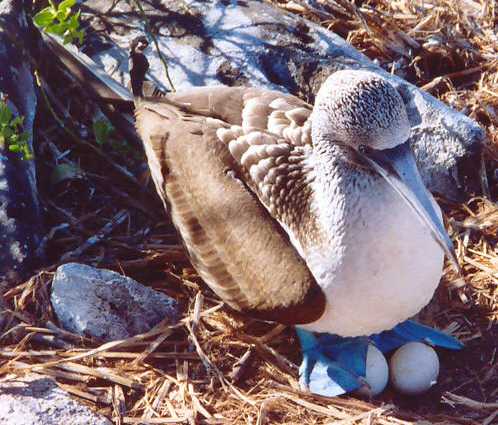
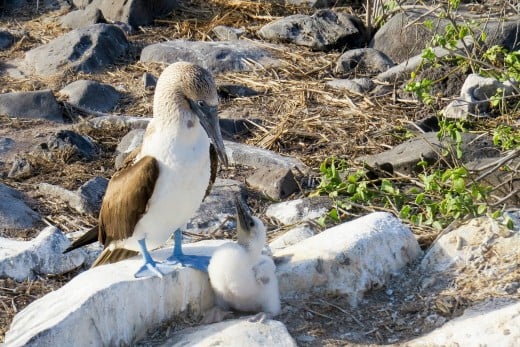
Egg Laying and Incubation Practices
Many birds lay their eggs, not all at the same time. Some birds, like the American Robin, do not start incubating the eggs until laying the entire clutch.
Some birds start incubating after the first or second egg, and the chicks hatch at different intervals. That is the case with blue-footed boobies.
Egg Laying Practices of Some Other Birds
Type of Bird
| Eggs Laid How Many Days Apart
|
|---|---|
Eagles
| 3 days
|
Ospreys
| 1 to 3 days
|
Hummingbirds
| 1 to 3 days
|
American Robin
| 1 day
|
Did you know about the different egg laying practices of birds?










Were you familiar with the birds called Blue-Footed Boobies?
Sources
- From All About Birds: Blue-footed Booby Overview
- From Oceana: Blue-footed Booby
- From Audubon: Blue-footed Booby
- From the Cornell Lab: All About Birds
This content is accurate and true to the best of the author’s knowledge and is not meant to substitute for formal and individualized advice from a qualified professional.
© 2016 Peggy Woods

